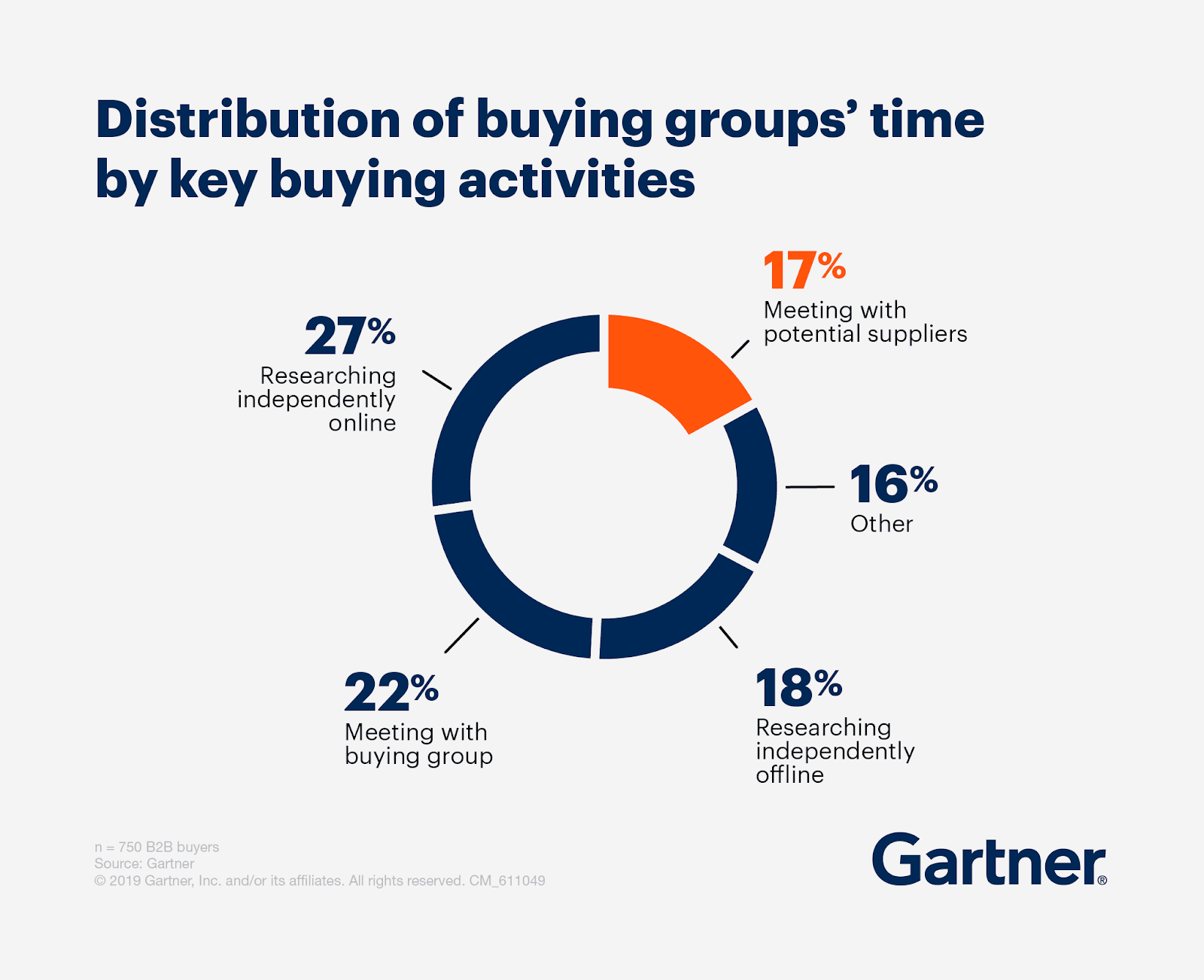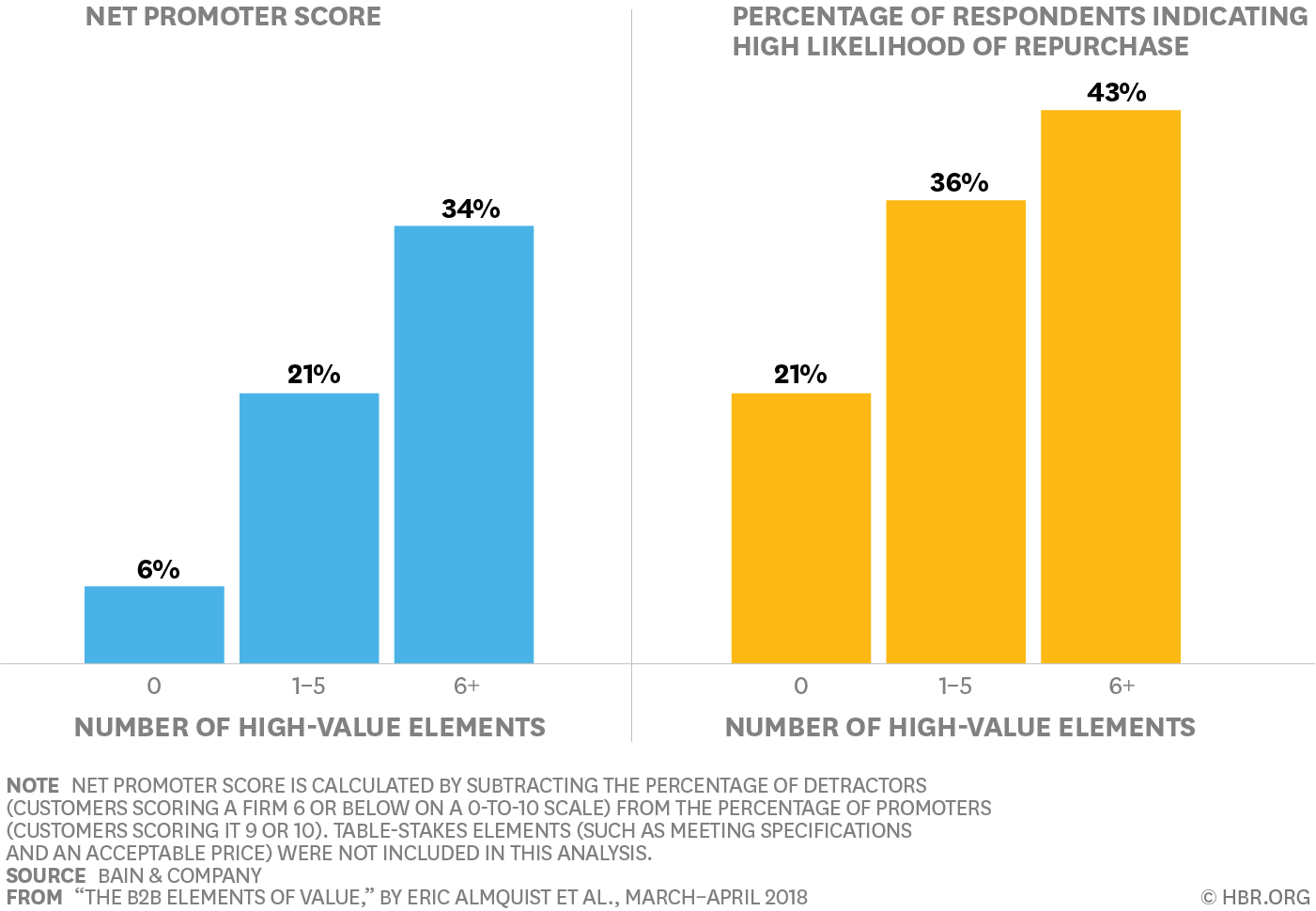Sales Pipeline 101: Getting The Most Wins Over Sales Prospects
According to Harvard Business Review, companies with a formal sales process generate 28% more revenue than those without and rank as the highest performing.
A mapped-out workflow gives you more control over your prospect pipeline and revenues. So, whatever your business size, an effective sales pipeline will make all the difference.
But what is this sales pipeline all about? How do you approach building an effective pipeline?
What is a Sales Pipeline?
Simply put, a sales pipeline visually illustrates a prospect’s journey through your business sales process. It captures all of the stages in your sales process, from the initial contact with a lead to the final closing deal.
It is an excellent platform that furnishes you with insights into prospects’ interests and pain points. It x-rays the present position of a lead in the sales process, where they are being stalled, and activities contributing to that.
However, the key is to note that there is no linear sales process. Some buyers might jump to the decision-making from the start, while others will take some nurturing. Every prospect and product is different, and the sales pipeline highlights this.
Sales Pipeline vs. Sales Funnel: What is What?
The terms “sales pipeline” and “sales funnel” are often used interchangeably. Some may even argue that they are of the same value, but they are not.
A sales funnel looks at the whole customer journey, right from when they become aware of your business or product to their final decision. It is typically viewed from the perspective of the customer.
Meanwhile, a sales pipeline is the different steps the sales rep engages in to move a deal from start to closing.
💡 A sales pipeline highlights deals, while a sales funnel is about leads and conversion rate.
B2B vs. B2C Sales Pipeline
With a sales pipeline, there is no one-size-fits-all sales process in B2B or B2C dealings. While the two contexts carry some similarities, they are inherently different.
Decision-making
In a B2B sales pipeline, the negotiating and decision process takes longer. Decision-making in businesses often comes from 11 to 20 stakeholders and averages 6 to 12 months. While only 17% of this time is spent meeting with a potential vendor.
On the other hand, in B2C, you are selling directly to the end-user, and you can win the deal in less than 5 minutes.
Frequency of recurring purchases
Both B2B and B2C businesses aim to grow the dynamics of their relationships with their customers and generate more revenue from each client throughout their lifetime. The customer lifetime value (LTV) metric indicates the clients who contributed the most revenue. Working on increasing the LTV, a business grows revenue and reduces customer acquisition costs (CAC).
The sales process continues even after the contract is signed or the purchase is made through upselling, retaining subscribers, or rolling out the vendor's presence across the whole organizational structure. Although, the frequency of repeat purchases significantly differs among B2B and B2C businesses. While in a B2B environment, the contract is often tied to a particular monthly/yearly payment, a B2C client can make multiple purchases from an eCommerce shop within one month.
Average contract value
B2B sales deals tend to be of much higher value and lower frequency than B2C, where there is lower value but high-frequency sales. The research shows that an average contract value (ACV) for a B2C company is $100, while the B2B AVC is $1,080.
What Stages Do Successful Sales Pipeline Include?
There is no definite rulebook for a successful B2B buying journey. Every pipeline must be unique and tailored to fit your business model and prospects.
Some pipelines comprise a seven-step routine, while others have the magic five-step process. These pipeline stages will generally depend on several factors, including the type of product, industry, or prospect.
For whichever factor is at play, some primary B2B sales pipeline stages stay the same.
Prospecting
Some may call it “lead generation”. It is the first step in a sales pipeline, no matter the context. It is the process of “hunting down” potential buyers or clients for your product or business.
Depending on their capacity, clients, and administrative structure, businesses have several ways of prospecting. These fall into outbound, inbound and hybrid prospecting strategies.
Inbound prospecting takes a lot of marketing effort as users who match your ideal customer profile (ICP) must be attracted to and guided through the funnel. The marketing team brings users to the website or other points of conversion. Once a user converts to a lead, books a demo call, or downloads your resources,sales development representatives (SDRs) take the work from there.
👉 Get a B2B Inbound Marketing Dashboard Template
Outbound prospecting, on the other hand, is when a company actively reaches out to prospects, which is usually done by business development representatives (BDR) by using various prospecting tools such as outbound calling software, email prospecting tools, etc.The process requires a lot of customer and competitor research.
Hybrid approaches, such as account-based marketing (ABM), combine BDR with top-funnel marketing activities like paid ads and webinars to take a holistic view of the audience and personalize the offering.
👉Learn more about Marketing and Sales data centralization before adopting a hybrid approach
Prospecting is just creating awareness with potential customers and creating a lead pipeline.
Lead qualification
This is a critical step where you can filter out those “time-waster” leads. It is the process of sieving out the right sales pipeline prospects for your product. That way, you only focus your resources on those most likely to convert.
In lead qualification, you may consider some key questions:
- Does this sales prospect have pains that our product or service can solve?
- Do we have the required range of features and products to solve the prospect’s pains?
- Can we support the client working in this exact industry? For example, your product works perfectly for an IT company but fails to satisfy the needs of a healthcare provider because of the HIPAA compliance requirements.
- How much is a prospect willing to invest in the solution? Does it match our pricing model?
- Consider if you’re negotiating with the right contact point. Does the prospect have the authority to make purchasing decisions? If not, can they introduce you to the decision maker?
If you answered these questions, you would be able to filter your sales pipeline. Alternatively, you could adopt sales automation tools. These often include lead-scoring features that help you identify promising leads based on past activity.
A lead qualification tool can assign numerical scores based on the action taken by the lead. For example, one who just browsed the site is given 1 point, while the one who signed up for a demo gets a 6. That way, you know who to focus on.
💡 PS: Sometimes, lead qualification can come much later, long after contacting the possible new buyer.
Make first contact
Establish contact with the lead with a call, email, or visit. You focus on understanding the prospect’s needs and pain points at this stage. That sets the stage for the demo call, now that you know the prospect’s problem/need better.
With the insight gained, you can now tailor your solution proposal to fit their needs. Businesses are constantly swarmed with sales pitches. So successful salespeople must understand the client’s needs and demonstrate that they can solve them.
Got all this in place? Then it’s time to schedule a demo call/meeting!
For a B2B sales process, this is the point where you meet with the board or management in charge of making decisions. This is when you get to build your business case that showcases how your product will be of value to your prospect.
Negotiating
After assessing your offering and comparing it against the competitors, the sales prospect could now express interest in you. Their procurement team would now reach out to initiate a deal. The procurement team will evaluate the solution according to several criteria, like its total cost of ownership and required regulations compliance. The client’s feelings about the product can also play a huge role in decision-making.
Global management consulting firm Bain analyzed the spectrum of rational and emotional customer priorities and identified 40 fundamental “elements of value” that a B2B offering provides customers. The image below demonstrates all 40 elements with objective values at the base and more subjective ones at the top.
This framework suggests that salespeople need to address a much broader range of challenges that a prospect faces and consider things like cultural fit, ease of use, and reputational costs. The number of top-of-the-pyramid values your product provides translates into customer loyalty and recurring purchases.
Overall, the goal should not always be to get the highest possible amount. Instead, assess the opportunity in terms of lifetime value.
Closing the deal
In the B2C sales process, sales pipeline prospects can often decide on the spot if they can work with you or not. But with B2B sales, you usually must wait for the collective decision. Sometimes, prospects are just not ready for the investment.
In this case, mark them in your CRM tool and continue to nurture such leads until they are ready to buy.
Getting Ready to Build Your Sales Pipeline
Building your own sales outline is a crucial step in optimizing your business. With the advancement in digital tools, you can quickly grab a sales pipeline template off the internet.
However, the notable factor is that every business has a different prospect journey. So at the end of the day, you must create a pipeline tailored to your company, industry, and offering.
Here are the fundamental steps in setting up a sales pipeline.
Analyze historical data
In building your sales pipeline, assess the common characteristics of your leads to detect patterns that might guide your nurturing processes—for example, content creation. Remember that the pipeline stages must mirror the buying journey to track valuable prospects and estimate revenue.
Combine and analyze data from the whole sales pipeline in one place
Review your typical sales process
You should be able to tell how many opportunities you have at every stage of the journey. In doing so, you can identify any bottlenecks or issues limiting lead activity in some areas. Such regular reviews also create the basis to improve your processes, making them more effective.
Having these statistics will enable your sales team to make better predictions about deals that are likely to close. It also helps to develop monthly and quarterly revenue estimates.
Compare actual sales data with your sales goals
How many deals do you have to close per month to hit your sales goal? To achieve your sales goal and revenue for the month, quarter, or year, you have to calculate the number of opportunities your sales team is chasing every month, how many convert to closed deals, and how they measure up against your goal.
Work backward by dividing quarterly revenue by average deal size to determine monthly or quarterly sales targets for all of your salespeople. This marketing and sales data can act as a regular checklist to ensure your existing pipeline is reaping the benefits it should.
Final Thoughts
It is not enough to set up a generic sales pipeline. You must employ the best practices listed above and constantly measure and improve them to reap maximum returns on investment. An efficient sales pipeline will help your team track sales pipeline prospects and increase conversion rates and revenue.
500+ data sources under one roof to drive business growth. 👇
.png)
%20(1).png)
.png)

.png)









%20(1).png)

.png)





.png)


.png)
.png)
